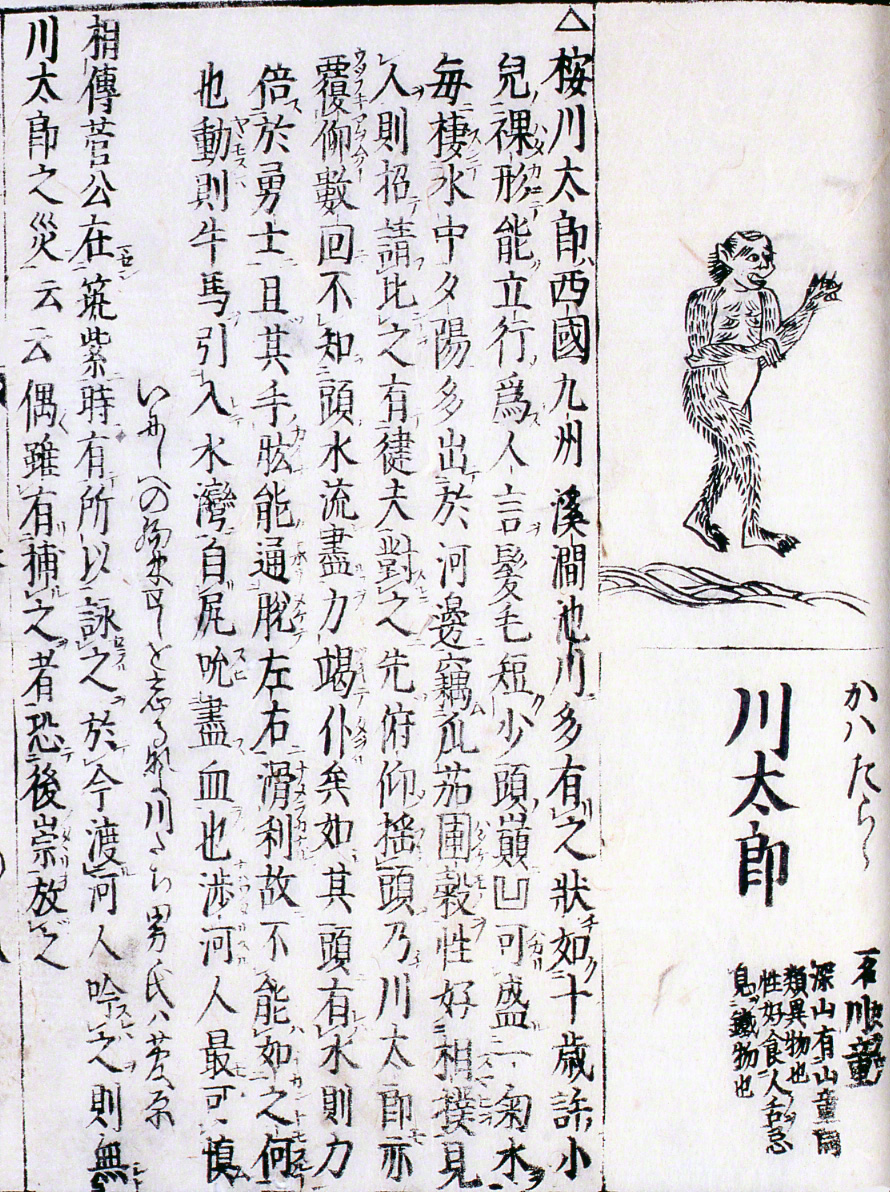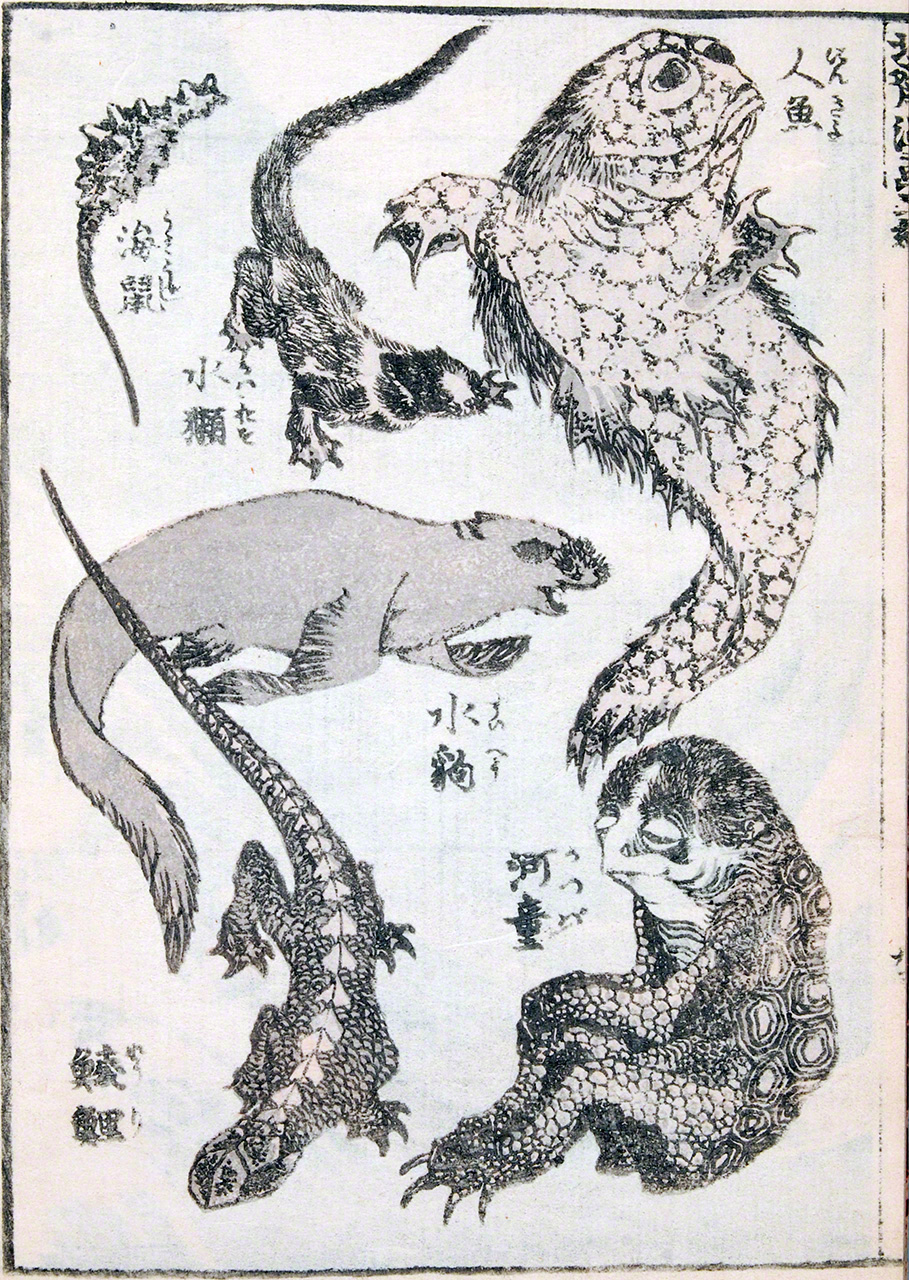I have seen my blood type, horoscope, and done a personality test, and found that in general you can’t be trusting an algorithm to decide who you are and if you do then you’d be falling into the exact stereotype. I have never been judged for my test results or believing that I was of a characteristic and then laughed at.I think that that the reason they’re still around is because people want something to believe in like “oh that person did this because of ____”. I don’t believe in good or bad luck however I believe in karma – the belief that if you do something good then the universe will reward you and the same is true in reverse
Tag Archives: #jpnreflection
R3 – School Life
School in Japan is very different to here as there are so many aspects that are stricter or more focused on school than we are. In elementary school, they have certain people go grab food for the entire class and then have monitors to make sure everyone gets the right amount of food. Then afterwards, they brush their teeth, and at the end of the day they clean the halls and the classroom. There’s a whole routine for everything but none of them seem upset by it, due to it being their “norm”. I wish we would be more school oriented everywhere in Canada, like putting more towards school so that there would be more enthusiasm towards being here for five days a week for half the year.
I think there should be more cleaning responsibilities for students as maybe with people cleaning their own school they’d take care of it more and maybe the district would spend less money on cleaners and more money on labs, sports equipment, etc.
Also in elementary school, there is a game for the leftover food that they play in Japan called じゃんはん (like rock, paper, scissors) and I believe on some days I would be able to get some leftovers however it’s mostly luck based.
R1 – Independent Children
I started doing chores from around 3 years old because I would be told to make my bed and such and would be told to set the tables, and as of right now I do some chores such as; keeping my room clean, taking out the garbage and recycling, doing the cat litter.
I think most kids should grow up with Japanese ideals so they can learn discipline and so they can be more independent for when they transition between elementary, middle, and high school.
I first used transit when I was 11 years old when I started high school in Australia. I started with taking the bus everyday to school, then sometimes took the train to get into the city. Then when I moved here I started using the bus to get to school right away, and now use the skytrain and bus everyday to get to school.

R2 – ようかい
I picked 河童 (Kappa – pronounced Ka-puh) because I liked him quite a lot in the game “Yo-kai Watch” and didn’t know he was an actual demon or ようかい。I also thought he was quite comical when Ms. Illing described him.


He seems to be most commonly known to have green hairless skin the size of a child. Circular, smooth dishes, with hair growing out of it, resembling a Lilypad. They have yellow, pointed beaks that resemble that of a chicken. Most depictions have 河童 with a turtle shell on its back, and its hands & feet webbed. They also seem to have grass tutus a lot of the time with a white belly. 河童 live in rivers and ponds, dragging swimmers to the bottom of the body of water, drowning them. Nowadays they are portrayed a lot friendlier and a lot more gentle. They only coalesced to form the name 河童 in the 19th & 20th century as they had many different names in different places.
In the Edo period (1603-1868) they were named:
- 河太郎 (かわたろう – Kawatarou) or 画太郎 (がたろ – Gataro) in the 髪型地域 (かみがたちいき – Kamigata Region) which is today known as 関西地域 (かんさいちいき – Kansai Region) around 去冬 (きょと – Kyoto) and 忍坂 (おさか – Osaka)
- 目処 (めどち – Medochi) in the 東北地方(とほくちいき – Tohoku Region) in North-Eastern Japan
- 水仕 (みずし – Mizushi) in the 北陸地方 (ほくりくちいき – Hokuriku Region) West of Tokyo
- えんこお (Enko) in the 中国地方 (ちゅごくちいき- Chugoku Region) and in the 四国地方 (しこく – Shikoku Region)
- ひょすべ (Hyosube) in the 九州地方 (きゅうしゅう – Kyushu Region)
And since 髪型地域 (Kamigata Region) was the cultural center for Japan, 河太郎 (Kawatarou) was the main usage for referring to a 河童. 河童 was used as a regional variation at the time.
河童 was originally thought of as a mammal like a small monkey or otter until near the start of the 1700s. 過学習 (かがくしゅう – Kagakushu), the fifteenth-century dictionary, describes that 河童 were called ( – kawaro) and that they were created from otters growing old. They were also referenced as monkeylike creatures that live in rivers by the Japanese-Portuguese Jesuit mercenaries in Nagasaki, 1603. After the 1700s time they were thought of reptilians and amphibians.
河童 with turtle shells became predominant due to Edo influence such as 浮世 (うきよ – ukiyo) prints, and by paintings on woodblocks. 葛飾北斎 (かつしかほくさい – Katsushika Hokusai) was one of Japan’s best artists and created a lot of famous Japanese art. He followed Edo conventions to paint 河童 , by painting them with pointed beaks, with shells of various kinds of turtles. Also with variations with coloring them green as some artists thought they looked like frogs due to their webbed feet & hands and had similarities to frogs.


I think that Japanese ようかい are a lot more seriously taken than Western demons. ようかい are meant to provide fear for children so that they do/don’t do certain things like I’ve heard of a ようかい that will try to eat you if you try to leave the house during the nighttime. While in the West we more likely have general names for “demons” that we should look out for like – ghost, demon, devil, zombie. They’re more words to be scared of than stories to be told. Also I believe that its not “Western” culture that has no stories of cultural creatures I think it is more North-Western or mainly countries Latin/Greek based countries due to the fact that we have been moved around and have not created tales of different beasts to conquer. I believe that ghosts or more likely lingering spirits exist but not all mythological creatures exist.
“‘Kappa’: The Terror of Japan’s Rivers.” Nippon.Com, 7 July 2022, https://www.nippon.com/en/japan-topics/b02505
“New Hokusai Museum Showcases Japan’s Most Celebrated Artist.” Nippon.Com, 8 Dec. 2016, https://www.nippon.com/en/views/b02316/new-hokusai-museum-showcases-japan’s-most-celebrated-artist.html
